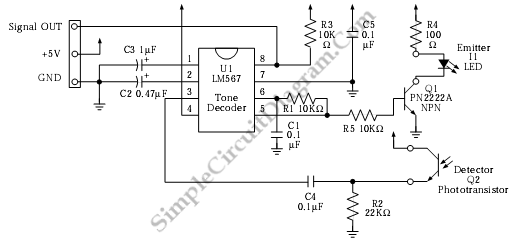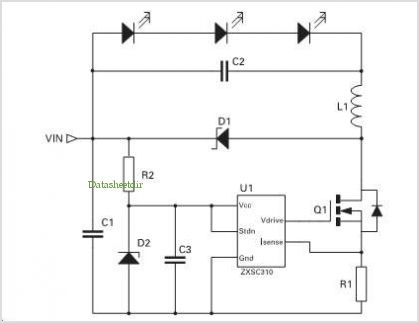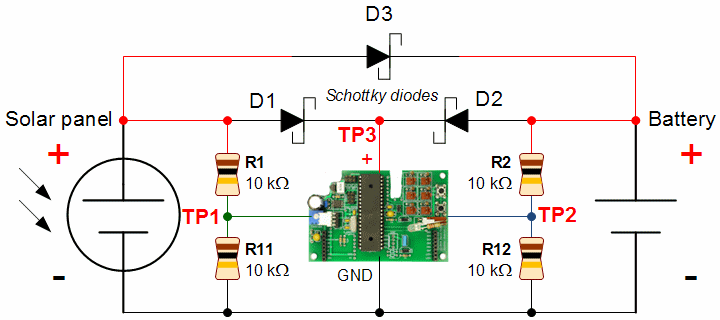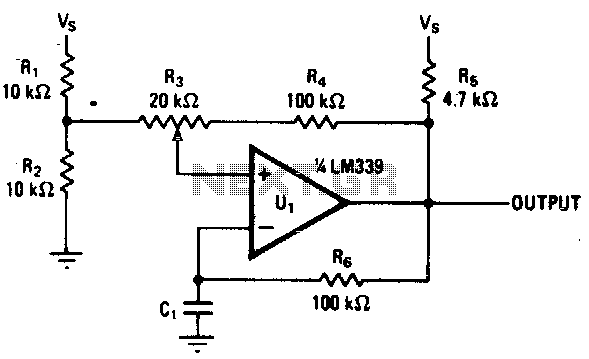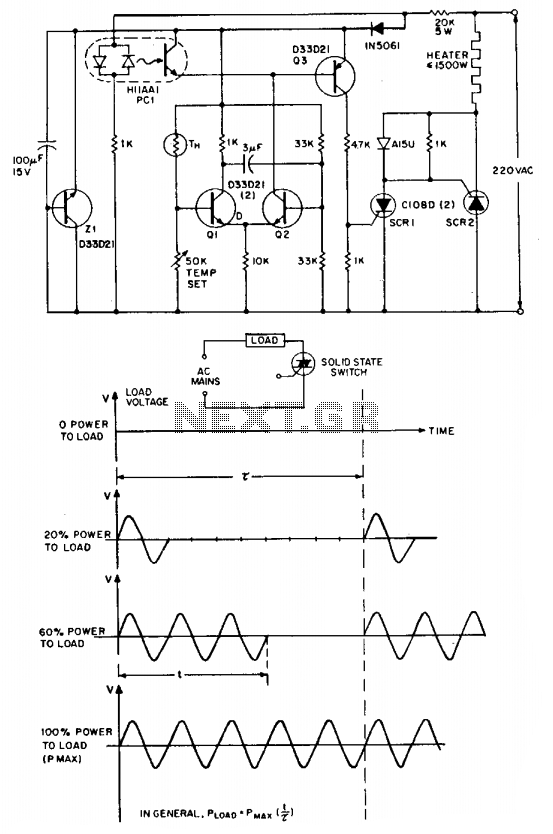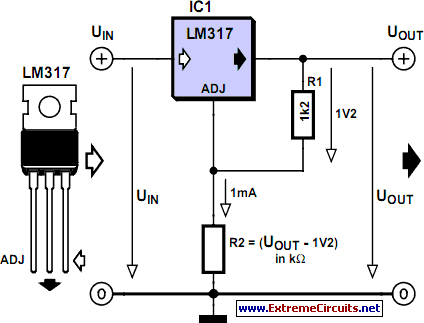
TPS3803G15 Single Voltage Detector
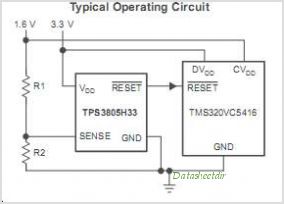
The TRF1115 is the first of two ASICs utilized in the receiver section of the Texas Instruments MMDS/MDS/WCS/802.16x chipset. This device is responsible for down-converting the input frequency to an intermediate frequency (IF) within the range of 420 MHz to 480 MHz. It features a differential output that is routed through a Surface Acoustic Wave (SAW) filter before connecting to a second down converter chip. For optimal performance, the Texas Instruments TRF1112 is recommended to handle both the second down conversion and provide the local oscillator for the TRF1115. To achieve exceptional image rejection and additional jammer rejection, the TRF1115 includes a signal path to an off-chip filter. Specifications are provided with the assumption of an in-band 1.5 dB loss in this filter. The TRF1115 integrates a differential local oscillator (LO) buffer mixer and an IF amplifier to enhance performance. Following the filter, an on-chip balun converts the signal from single-ended to differential, thereby improving noise immunity in the mixer.
The TRF1115 serves a critical role in the signal processing chain of the specified chipset by efficiently down-converting high-frequency signals to a manageable IF range. The design incorporates advanced features such as a differential output to minimize common-mode noise and enhance signal integrity. The integration of a SAW filter is essential for selecting the desired frequency while suppressing unwanted signals, thus improving overall system performance.
The recommendation to use the TRF1112 for subsequent down conversion and local oscillator generation is based on its complementary design, which optimizes the overall performance of the receiver section. The TRF1115's architecture includes a differential LO buffer mixer, which is crucial for maintaining high fidelity in the down-conversion process. The inclusion of an IF amplifier helps to boost the signal strength, ensuring that it remains robust enough for further processing.
The off-chip filter connection is particularly important for achieving high levels of image rejection and jammer suppression. This additional filtering stage is designed to mitigate interference that could degrade the signal quality. The specified 1.5 dB loss in the filter highlights the trade-off between insertion loss and selectivity, emphasizing the need for careful design considerations in high-frequency applications.
Lastly, the on-chip balun plays a significant role in converting the single-ended output to a differential format, which is advantageous for reducing noise susceptibility and enhancing the performance of subsequent stages in the signal processing chain. This conversion is particularly beneficial in environments with high electromagnetic interference, ensuring that the integrity of the signal is preserved throughout the processing stages. Overall, the TRF1115 is a sophisticated component that contributes significantly to the efficacy of the Texas Instruments MMDS/MDS/WCS/802.16x chipset.The TRF1115 is the first of two ASICs used in the receiver section of Texas Instruments MMDS/MDS/WCS/802. 16x chipset. The TRF1115 down-converts the input frequency to an IF frequency in the range of 420 MHz to 480 MHz. The device provides a differential output that passes through a SAW Filter before connecting to a second Down Converter chip.
(Not e: For the best performance, the Texas Instruments TRF1112 should be used to perform both the second down conversion and provide the local Oscillator for the TRF1115. ) In order to provide exceptional image rejection and extra jammer rejection, the TRF1115 offers a signal path to an off-chip Filter Specifications are provided assuming an in-band 1.
5-dB loss in this Filter The TRF1115 includes a differential LO Buffer mixer, and IF Amplifier for improved performance. After the Filter an on-chip balun converts the signal from single-ended to differential in order to provide better noise immunity in the mixer.
🔗 External reference
The TRF1115 serves a critical role in the signal processing chain of the specified chipset by efficiently down-converting high-frequency signals to a manageable IF range. The design incorporates advanced features such as a differential output to minimize common-mode noise and enhance signal integrity. The integration of a SAW filter is essential for selecting the desired frequency while suppressing unwanted signals, thus improving overall system performance.
The recommendation to use the TRF1112 for subsequent down conversion and local oscillator generation is based on its complementary design, which optimizes the overall performance of the receiver section. The TRF1115's architecture includes a differential LO buffer mixer, which is crucial for maintaining high fidelity in the down-conversion process. The inclusion of an IF amplifier helps to boost the signal strength, ensuring that it remains robust enough for further processing.
The off-chip filter connection is particularly important for achieving high levels of image rejection and jammer suppression. This additional filtering stage is designed to mitigate interference that could degrade the signal quality. The specified 1.5 dB loss in the filter highlights the trade-off between insertion loss and selectivity, emphasizing the need for careful design considerations in high-frequency applications.
Lastly, the on-chip balun plays a significant role in converting the single-ended output to a differential format, which is advantageous for reducing noise susceptibility and enhancing the performance of subsequent stages in the signal processing chain. This conversion is particularly beneficial in environments with high electromagnetic interference, ensuring that the integrity of the signal is preserved throughout the processing stages. Overall, the TRF1115 is a sophisticated component that contributes significantly to the efficacy of the Texas Instruments MMDS/MDS/WCS/802.16x chipset.The TRF1115 is the first of two ASICs used in the receiver section of Texas Instruments MMDS/MDS/WCS/802. 16x chipset. The TRF1115 down-converts the input frequency to an IF frequency in the range of 420 MHz to 480 MHz. The device provides a differential output that passes through a SAW Filter before connecting to a second Down Converter chip.
(Not e: For the best performance, the Texas Instruments TRF1112 should be used to perform both the second down conversion and provide the local Oscillator for the TRF1115. ) In order to provide exceptional image rejection and extra jammer rejection, the TRF1115 offers a signal path to an off-chip Filter Specifications are provided assuming an in-band 1.
5-dB loss in this Filter The TRF1115 includes a differential LO Buffer mixer, and IF Amplifier for improved performance. After the Filter an on-chip balun converts the signal from single-ended to differential in order to provide better noise immunity in the mixer.
🔗 External reference
